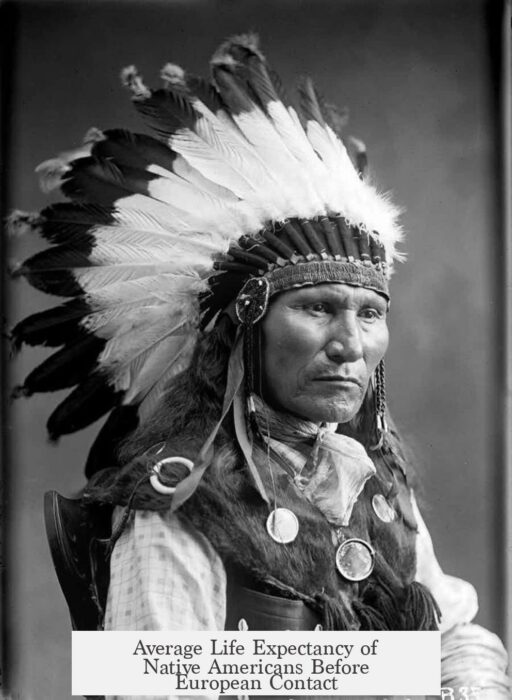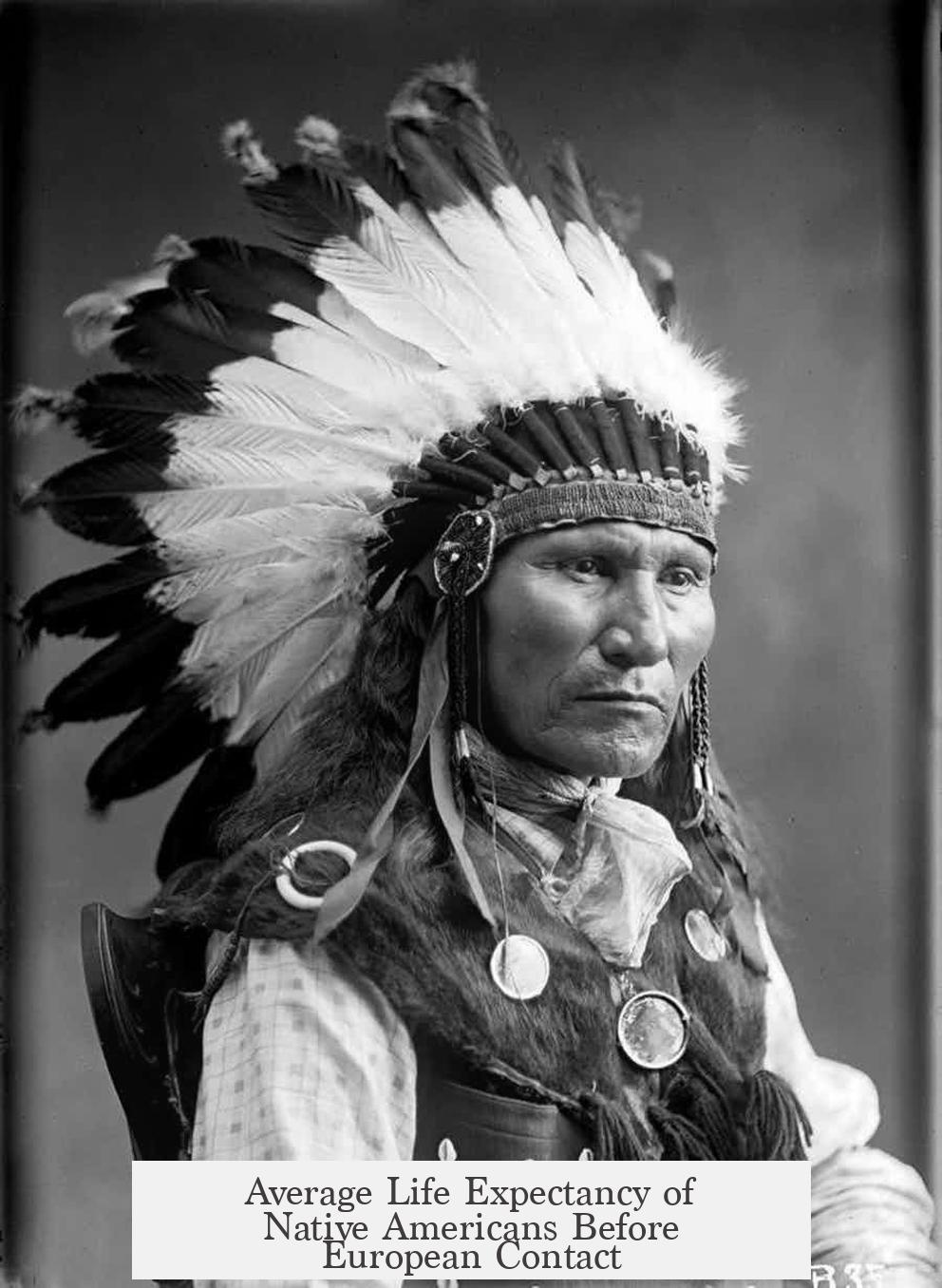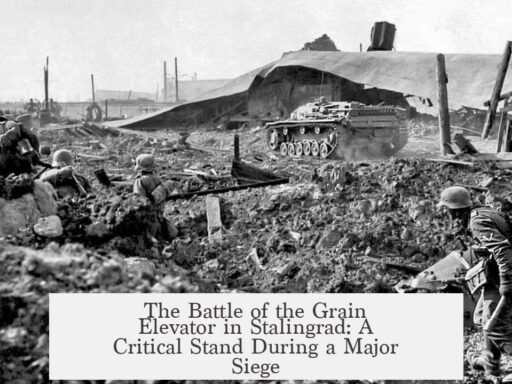The average life expectancy of Native Americans before European contact is generally estimated to have been between 30 to 40 years, heavily influenced by high infant mortality rates and varied lifestyles across regions.
Life expectancy varied widely among Native American groups, shaped by their modes of subsistence and environments. Some lived in large, settled agricultural societies in Mesoamerica, while others practiced hunting and gathering or lived nomadically. Notably, many nomadic behaviors emerged after European contact due to disease and disruption.
Hunter-gatherer groups, studied in ethnographic and demographic research such as Gurven and Kaplan (2007), show different expectancy patterns. For example:
- Survivors at age 5 could expect to live into their mid-50s.
- Those reaching 20 years could expect about 60 years.
- Life expectancy approached 70 only for those who survived into their 40s.
- Adult mortality included about 20% from violence or accidents.
In agricultural Mesoamerican societies, like the Aztecs, life expectancy was lower, especially after adolescence. For individuals surviving to age 15, average death occurred between ages 28 and 44. Skeletal analysis reveals physical stresses, healed injuries, and degenerative diseases, reflecting both harsh living conditions and social factors. Males averaged roughly 155–165 cm in height depending on region, influenced by nutrition and lifestyle.
It is important to note that these statistics are complicated by high infant and child mortality rates. Early childhood deaths significantly reduce average life expectancy at birth. Surviving children often lived much longer, sometimes into their 70s or 80s. Written records are scarce, so much of this knowledge comes from archaeological evidence, skeletal analysis, and comparisons with contemporary hunter-gatherer populations.
In sum, life expectancy numbers must be interpreted carefully. They reflect harsh environmental conditions, disease burden, violence, and social structure, not just biological aging. Regional diversity and temporal changes mean no single figure applies universally.
| Aspect | Estimate/Detail |
|---|---|
| Life expectancy at birth | Approx. 30–40 years, lowered by infant mortality |
| Survival past childhood | Possibility to reach 70–80 years |
| Adult mortality causes | Violence, accidents ~20% |
| Mesoamerican adult death age | 28–44 years (after age 15) |
| Physical health evidence | Healed fractures, dental wear, joint disease |
- Life expectancy varied greatly across Native American groups.
- High infant mortality heavily reduced average life expectancy figures.
- Those living beyond childhood often lived comparable lifespans to modern populations.
- Physical stresses and violence caused significant adult mortality.
- Data rely on archaeological and ethnographic evidence; no precise written records exist.




